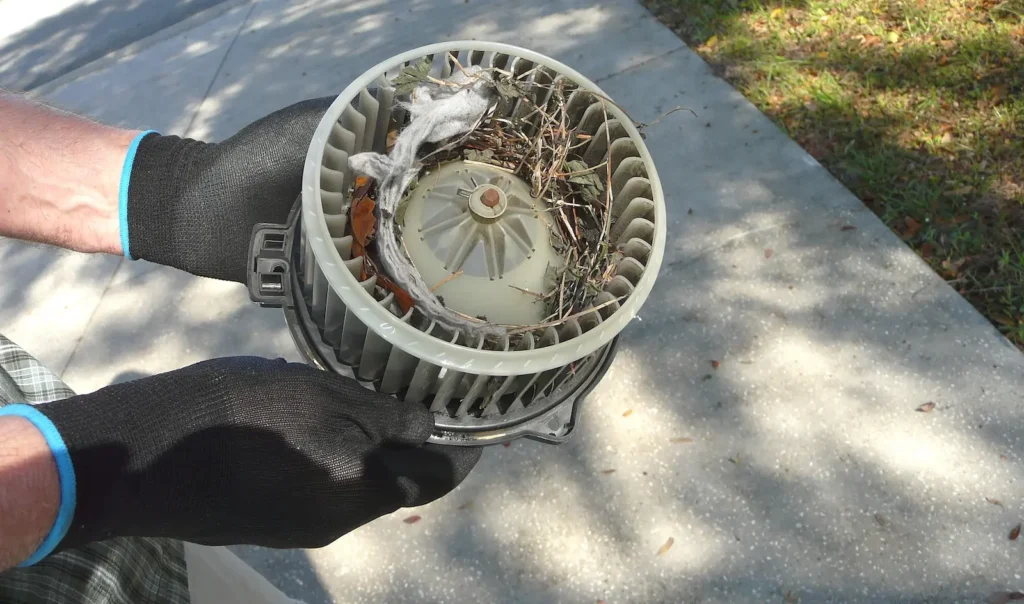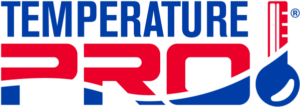When you wake up on a chilly Mokena morning, you expect the cozy warmth of your furnace. But sometimes, you’re only greeted by a faint whisper of air from your vents. This could mean that your furnace blower motor is failing. This crucial component, the heart of your forced-air heating system, is responsible for circulating warm air throughout your home. When it falters, your comfort and your heating efficiency suffer. At TemperaturePro Mokena, we understand the importance of a properly functioning furnace. We’re here to help you recognize the signs of a failing blower motor and provide expert furnace blower motor replacement when you need it most.

What is a Furnace Blower Motor?
Your furnace blower motor is the workhorse that moves air through your heating system. It draws in cold air, pushes it across the heat exchanger where it’s warmed, and then forces that heated air through your ductwork and into your rooms. There are a few different types of blower motors: single-speed, multi-speed, and variable-speed. Single-speed motors are basic, while multi-speed offers some control. Variable-speed motors are the most efficient, adjusting their output for consistent comfort and energy savings. A healthy blower motor means efficient heating, even temperatures, and lower energy bills.
Key Signs You Need Furnace Blower Motor Replacement
Don’t wait for a complete breakdown! Here are the telltale signs that you might need furnace blower motor replacement:
- Unusual Noises: Screeching, rattling, or humming sounds coming from your furnace are a red flag.
- Weak or Inconsistent Airflow: If you’re noticing a significant drop in airflow from your vents, it’s a sign your blower motor may be struggling.
- Frequent Cycling: If your furnace is turning on and off more often than usual, it could indicate a problem with the blower motor.
- Furnace Overheating: A malfunctioning blower motor can lead to overheating, causing your furnace to shut down completely.
- Increased Energy Bills: A faulty motor can make your furnace work harder, resulting in higher energy bills.
If you’re experiencing any of these issues, it’s time to call the professionals at TemperaturePro Mokena.
The Importance of Professional Replacement
Attempting DIY furnace blower motor replacement can be risky. Electrical hazards, improper installation, and incorrect sizing can lead to further damage and safety concerns. Our experienced and certified technicians at TemperaturePro Mokena ensure:
- Accurate diagnosis and proper replacement.
- Safety and efficiency assurance.
- Correct sizing and wiring of the new motor.
- Warranty on parts and labor.
We prioritize your safety and comfort, providing reliable and professional service you can trust.
TemperaturePro Mokena’s Furnace Blower Motor Replacement Process
When you choose TemperaturePro Mokena, you can expect a seamless and stress-free replacement process:
- Thorough Inspection and Diagnosis: We’ll pinpoint the exact issue and determine the best solution.
- Explanation of Replacement Options and Costs: We’ll provide transparent pricing and explain your options.
- Efficient and Professional Installation: Our technicians will install your new blower motor with precision and care.
- Testing and Ensuring Proper Operation: We’ll test the system to ensure it’s functioning correctly.
- Clean Up: We will leave your home as clean as we found it.
We’re committed to your satisfaction, and we’ll work diligently to restore your home’s comfort.
Preventative Maintenance for Blower Motor Longevity:
Extend the lifespan of your blower motor with these maintenance tips:
- Regular Filter Changes: Clean filters allow for optimal airflow.
- Professional Furnace Tune-ups: Schedule annual tune-ups to keep your system in top condition.
- Keep the Furnace Area Clean: Remove dust and debris from around your furnace.
- Check for Loose Connections: Periodic checks can prevent electrical issues.
As a homeowner, we understand that you probably don’t think twice about your furnace performance, until you’re dealing with a dreaded system breakdown. That’s why we offer a ProPlan maintenance plan to help keep your HVAC system operating at peak performance year-round.
Call TemperaturePro Mokena for Furnace Blower Motor Replacement
Don’t let a faulty blower motor leave you in the cold. If you’re experiencing any of the signs mentioned above, or if you need furnace blower motor replacement in Mokena, contact TemperaturePro Mokena today! We’re here to restore your home’s comfort and ensure your heating system is running efficiently.




